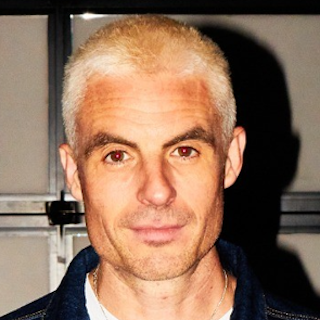There’s a real hunger for baked goods fashion collabs right now
A supermarket and a high street bakery dropped the hottest gear during London Fashion Week. It was a surprising (sausage) rollout that brands should learn from, according to Paul McEntee of Here Be Dragons.

Collabs from Lidl and Greggs
Marketing decisions are all about following your gut. Trends are cyclical and there is no such thing as a new idea. Relevancy in marketing is driven by a reframing of your product in a new light, presenting the existing as something fresh and exciting.
Want to go deeper? Ask The Drum
This is why brand collaborations have boomed in the past few years. They are a cost-effective and efficient route to market for two existing brands to team up and create the facade of ‘newness.’ A little product tweak here, some updated packaging there, then issued to the world with a generous dope of PR hype.
This unholy matrimony is allegedly 25 times less expensive than the equivalent digital marketing campaign to launch a product (Boston University), so it makes sense that marketers can fill the gaps in between NPD with smart and surprising brand collabs. In a world where brands aren’t just competing against each other but also for the right to exist in the attention of the consumer, these dopamine hits count.
Advertisement
Enter Greggs and Lidl, who have taken this format and turned the ovens up to 11. The two purveyors of baked goods—Greggs being the UK’s most iconic food-on-the-go retailer and Lidl looking to promote its own in-store bakery—recently struck marketing gold with manifestations of their own products as fashion items.
The Lidl Croissant Bag, designed by Nik Bentel and the Greggs Jewellery range, designed by Dion Kitson were both released in time for the 40th anniversary of London Fashion Week.
These two offerings raise the stakes from a normal brand collaboration. Instead, they work with artists to create covetable limited-edition items that appeal to a broader demographic than might visit their physical outlets. By doing so they achieve two things: Validation: There is bravery and confidence in going down this marketing route. Brand awareness already has to be relatively high and brand resilience even higher. Ie, people already have to know you and love you. Through their core businesses, they already deliver utility and value to their customers daily. They have earned their loyalty via their functional business. This move is about cementing their status as icons and reminding people why they love them by creating something totally new that heroes the brand. The irreverence, the playfulness, the tongue-in-cheekness of it all is assured and anchors the brand in your conscience.
Relevance: Separate from this affirmation is that they get the ‘now’. The timing of the drops - just before London Fashion Week - attaches them to culture in a meaningful way, inserting them into conversations they have no real right to be in. Lidl and Greggs in fashion circles - who would have thought it. To be fair, Greggs has some form here with the Greggs x Primark merch collab, which saw various iterations of apparel sold in Greggs livery, but jewellery allows the brand to be both accessible and premium at the same time. Both Lidl and Greggs have also understood perfectly the opportunity that accessories present in the eyes of the consumer. They are the playground to exercise both creative and kitsch tendencies at the same time. One who might not be seen dead in head-to-toe apparel can quite happily embellish an outfit with something that has a bit of humor to it. It has a licence to thrill.
Advertisement
This mash-up of culture/fashion/product also has a secret ingredient that is desirable in marketing - surprise. It’s unexpected. A fashion brand couldn’t pull it off because they already play in that world, there is no ‘out of category’ experience, no entertainment factor,
Which brings us back to the attention economy. If businesses exist to serve up utility, their brands should exist to entertain. The hype bubble created by these two offerings will live long in the mind of the consumer. Those lucky enough to get their hands on these items will no doubt make informed choices next time they visit the supermarket or need a sausage roll.
Suggested newsletters for you
Paul McEntee is the founder and CEO of Here Be Dragons; you can talk to him here.

